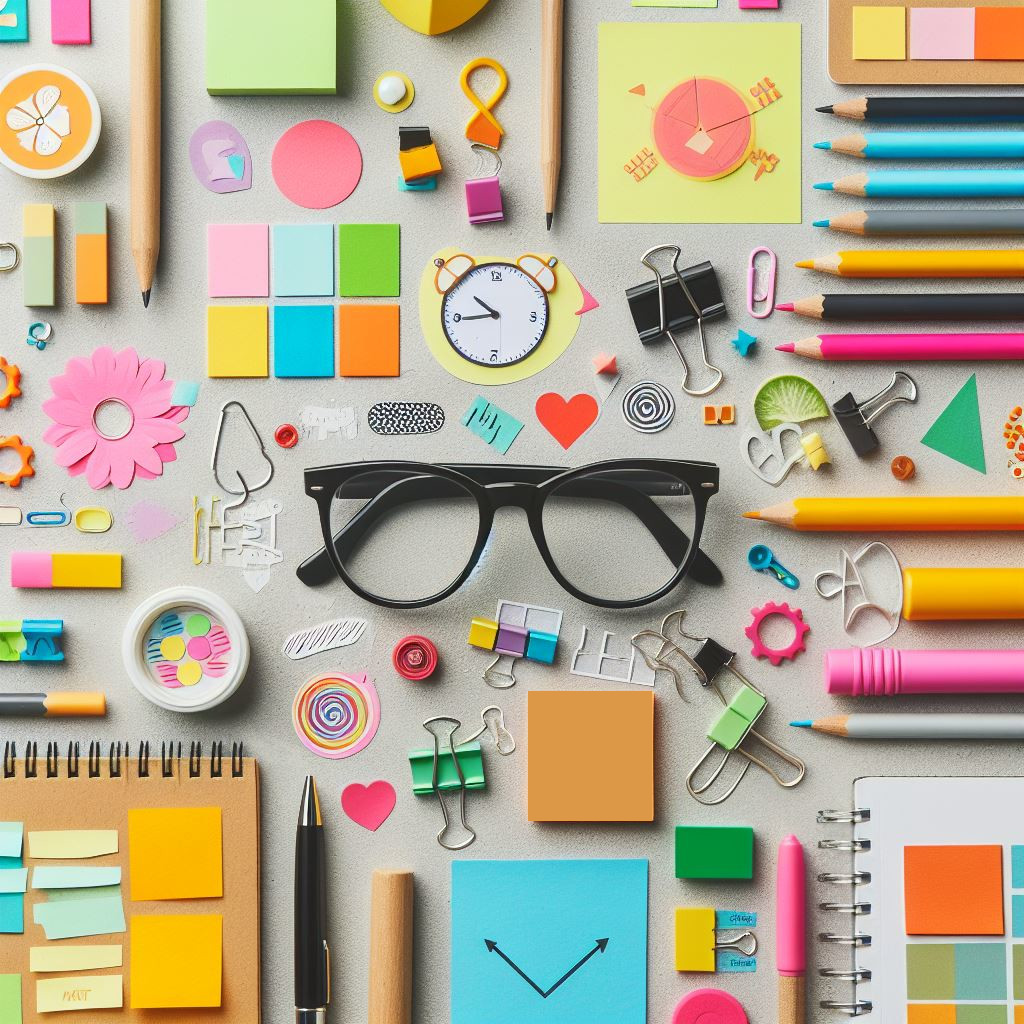
Have you ever misplaced your keys, phone, wallet, or glasses and spent hours looking for them? If so, you are not alone. According to a 2013 study commissioned by “Post-It” notes maker, 3M, the average person forgets four facts, items or events every day, and as many as 1,460 things each year. Forgetting where you put something can be frustrating, annoying, and even embarrassing. But don’t worry, there are some simple strategies that can help you improve your memory and avoid losing your stuff.
Why Do We Forget?
Table of Contents
ToggleForgetting is a natural and normal part of human memory. It helps us filter out irrelevant or outdated information and make room for new and important ones. However, sometimes we forget things that we need or want to remember, such as where we put our belongings. There are many factors that can contribute to forgetting, such as:
- Distraction: When we are multitasking, stressed, or tired, we may not pay enough attention to where we place our things or what we do with them. This makes it harder to recall them later.
- Interference: When we have similar or competing information in our memory, we may confuse or mix them up. For example, if we have multiple sets of keys or glasses, we may forget which one we used last or where we stored them.
- Decay: When we don’t use or rehearse our memory, it may fade or weaken over time. This is especially true for short-term or working memory, which has a limited capacity and duration. For example, if we don’t repeat or write down a phone number, we may forget it after a few seconds or minutes.
- Retrieval failure: When we can’t access or retrieve our memory, even though it is still stored in our brain. This may happen because we don’t have enough cues or clues to trigger our memory, or because we have a mental block or interference. For example, we may know that we put our keys somewhere in the house, but we can’t remember which room or drawer.
- Haste: When we are in a hurry, we may act impulsively or carelessly, and put our things in unusual or random places. For example, we may leave our phone in the bathroom, our wallet in the fridge, or our keys in the trash. When we try to remember where we put them, we may not be able to recall our hasty actions.
How to Remember?
Fortunately, there are some effective ways to enhance our memory and prevent forgetting where we put something. Here are some tips that you can try:
- Designate a specific spot: One of the best ways to remember where you put something is to have a designated spot for it. For example, you can have a key holder near the door, a phone charger on your desk, a wallet tray on your dresser, or a glasses case on your nightstand. Always put your things in their designated spots, and make a habit of checking them before you leave or go to bed.
- Use a mnemonic device: A mnemonic device is a memory technique that helps you remember something by associating it with something else. For example, you can use an acronym, a rhyme, a song, a story, or a vivid image. When you put something down, create a mnemonic device that links it to its location. For example, if you put your keys on the kitchen counter, you can imagine them cooking or sizzling on the stove. The more bizarre or funny the image, the better.
- Label or color-code your things: Another way to remember where you put something is to label or color-code your things. For example, you can use stickers, tags, or markers to write your name, initials, or a reminder on your things. You can also use different colors for different categories or purposes. For example, you can have a red key chain for your car keys, a blue one for your house keys, and a green one for your office keys.
- Take a picture or write it down: If you have a smartphone or a notebook, you can use them to record where you put something. For example, you can take a picture of your things and their location, or write a note or a list of where you put them. You can also use apps or online tools that help you track or locate your things, such as Tile, Chipolo, or Find My iPhone.
- Retrace your steps or actions: If you forget where you put something, don’t panic or give up. Try to retrace your steps or actions and recall what you did or where you went before you lost your thing. You can also ask someone who was with you or saw you if they remember where you put it. Sometimes, a simple cue or hint can jog your memory and help you find your thing.
Conclusion
Forgetting where you put something is a common and normal phenomenon, but it can also be prevented or reduced with some simple strategies. By paying more attention, organizing your things, using memory techniques, and relying on external aids, you can improve your memory and avoid losing your stuff. Remember, memory is like a muscle: the more you use it, the stronger it gets. So, keep practicing and exercising your memory, and you will be amazed by how much you can remember.
